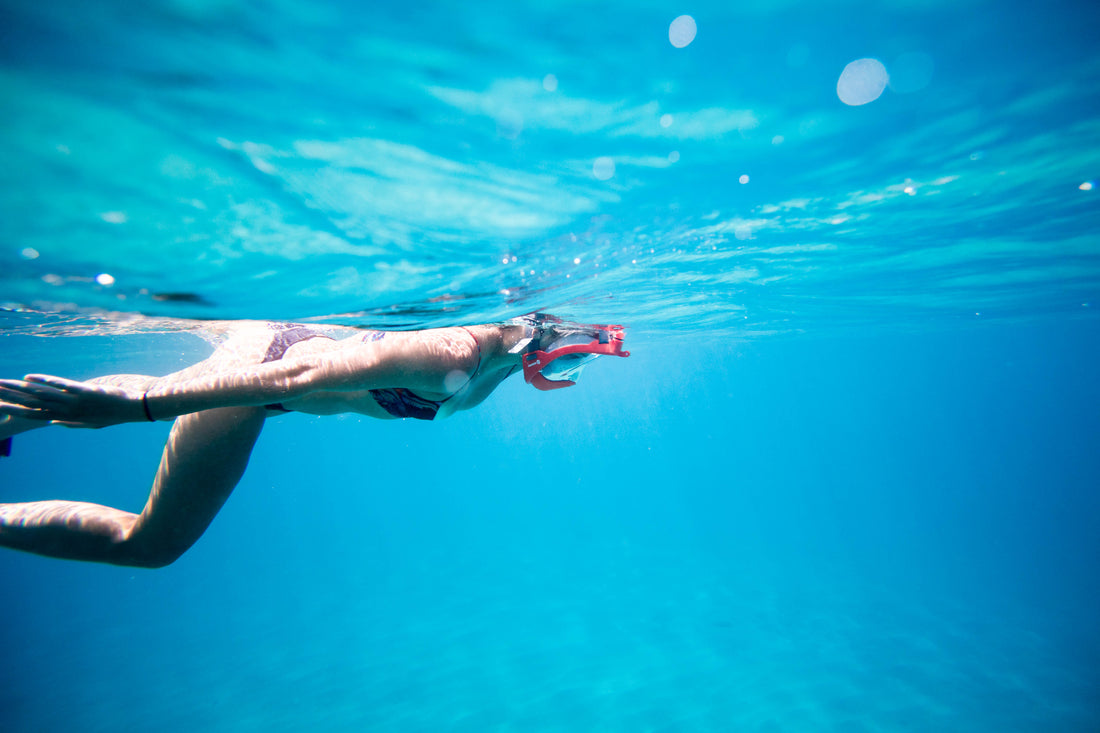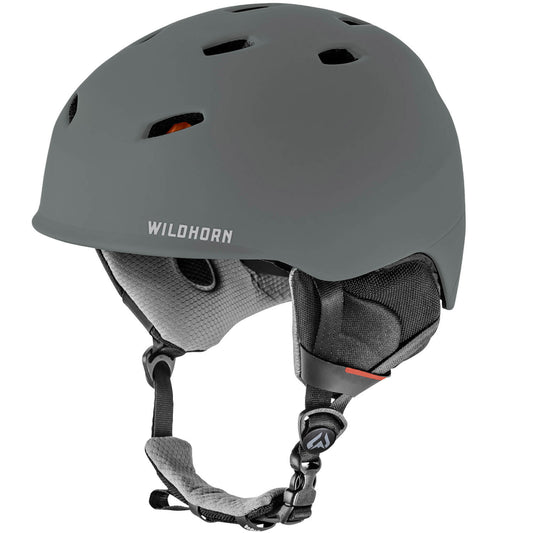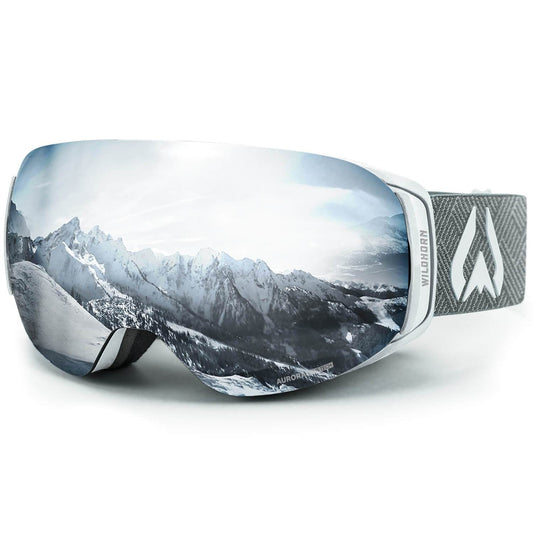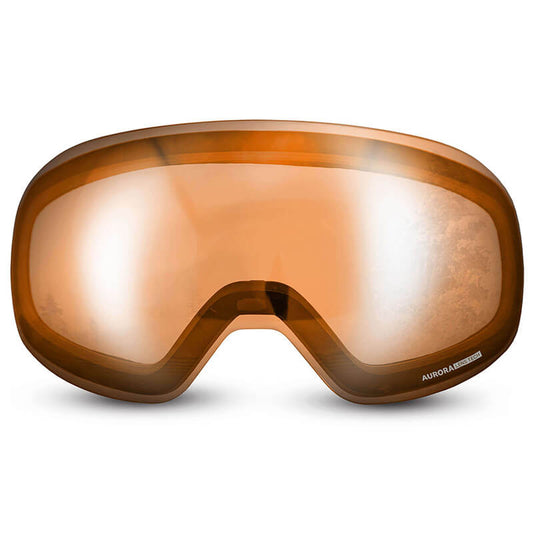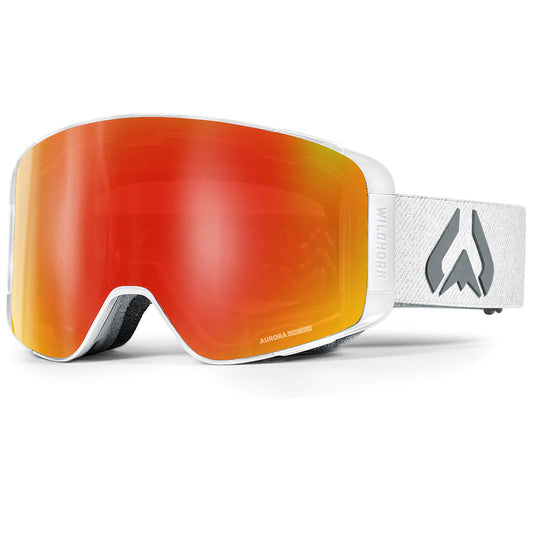Important Snorkel Safety Guidelines
By: Mark ThomasWARNING
PLEASE READ CAREFULLY
Snorkeling is an amazing experience. Millions of people snorkel every year without incident, and when done correctly, snorkeling is a safe activity. However, participating in the activity and the use of this product involves inherent risk of injury or death, which the participant assumes when engaging in the activity. These risks include but are not limited to:
- Drowning: drowning is possible while snorkeling regardless of the equipment used. Most drownings occur in less than 3 feet of water.
- Panic attacks while in the ocean are dangerous. If you feel a panic episode coming on, remove the mask and return to your boat or the shore immediately.
- Aggravation of a Medical Condition: If you have pre-existing medical conditions including heart, lung, or blood pressure issues you may be at a higher risk. Speak with your doctor to make sure swimming in the ocean is suitable for you.
- Exposure to elements: the ocean or other bodies of water contain dangerous conditions such as rip tides, underwater obstacles, contact with dangerous animals, or other dangers.
- Not suitable for children under 12 years old.
- Floatation device: use of flotation device can provide additional safety for users of all skill levels. However, be aware that use of this product in association with a floatation device can create a drowning risk if the user passes out while floating face-up while obstructing the snorkel tube. Always snorkel with a partner and have a safety check system in place.
Snorkeling Safety Tips:
These tips are ways you can help prevent accidents while snorkeling
- Make sure you understand the manufacturer's guidelines when using their masks. Improper use of mask or use other than for snorkeling may result in injury or death.
- Never snorkel alone. “The more the merrier” applies here. Make sure that you and your partners have a safety check system in place.
- Know your limits and be careful. Don’t keep going because you “don’t want to be left behind.” Your safety is more important than staying out too long. Return to the boat or shore and rest if needed. If necessary, request assistance to get back safely.
- Be familiar with your gear. Test your snorkel mask out in a pool BEFORE your vacation. Get used to breathing with it, especially if you have never snorkeled or used that particular equipment before.
- Be aware of conditions. Always observe first and be aware of dangerous water conditions and adverse weather.
- Keep a light, steady pace. Control your breathing. Take deep, slow breaths. The right breathing technique is important in water activities. You must be getting enough oxygen and to do that you must take long, steady breaths. If you feel short of breath, remove the mask to make sure you are flushing out any dirty air.
- TAKE REGULAR BREAKS. It is recommended to remove the mask and take a break at least once every 30 minutes of use. Make sure you are breathing fresh air during the break.
- Make sure you are hydrated before stepping foot in the ocean! Being dehydrated can make a lot of things difficult, including snorkeling.
- Watch out, they sting. Avoid touching animals, coral, and plant life. It’ll just be better for everyone and it will help eliminate the chances of an accident.
- Do not participate in snorkeling if you under the influence of any drugs or alcohol.
Connecting with our oceans, viewing marine life in their natural habitat, and exploring reefs is one of the most rewarding experiences you can have at the beach. Follow these guidelines, even if you are a strong swimmer. HAVE FUN AND BE SAFE OUT THERE!

